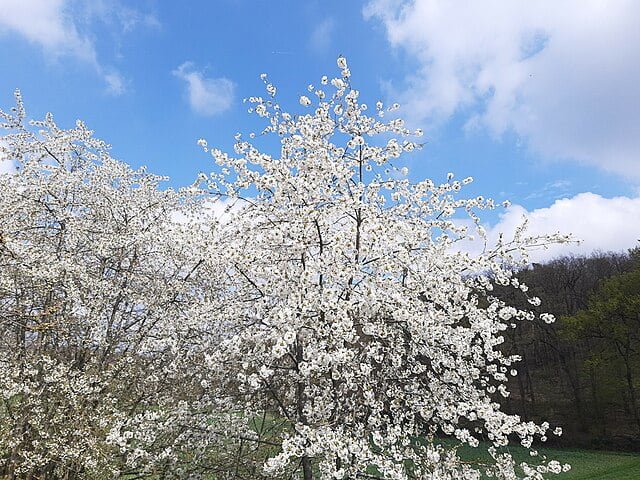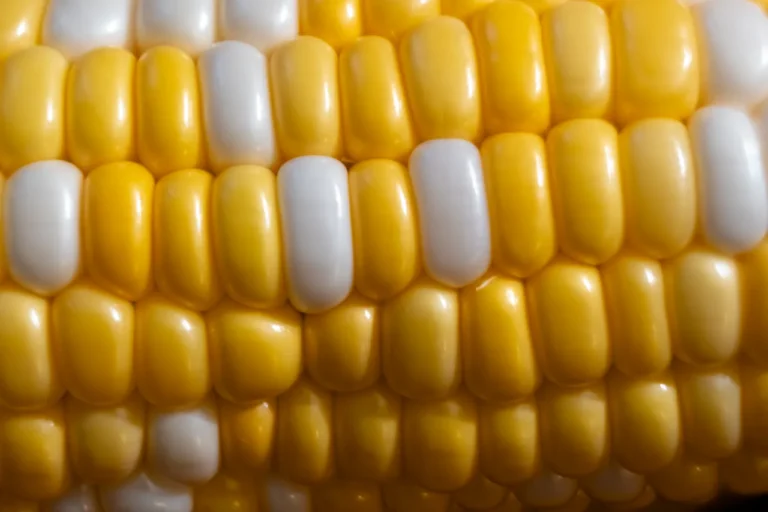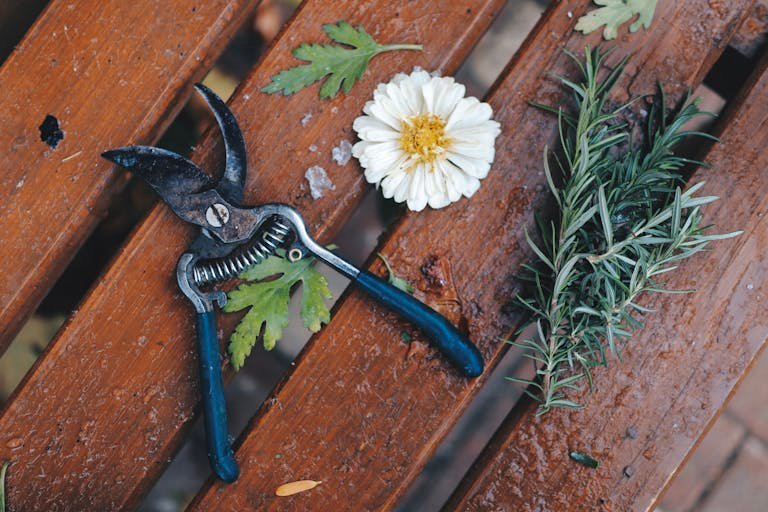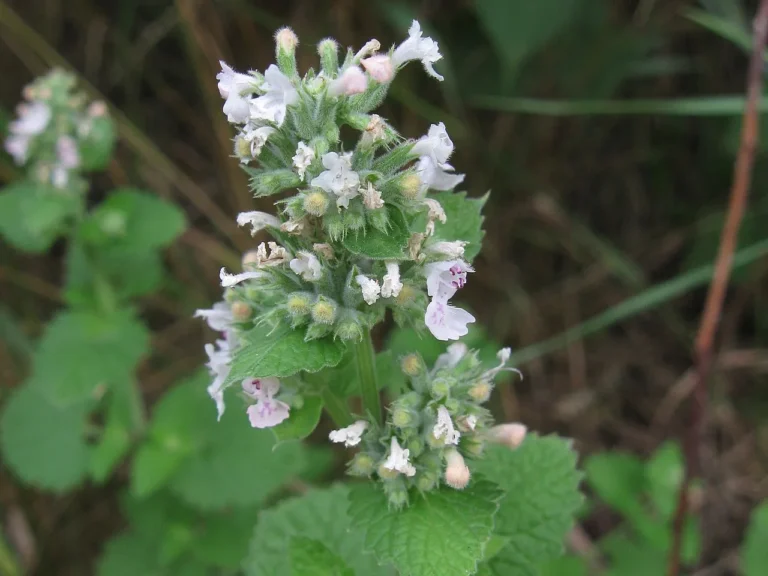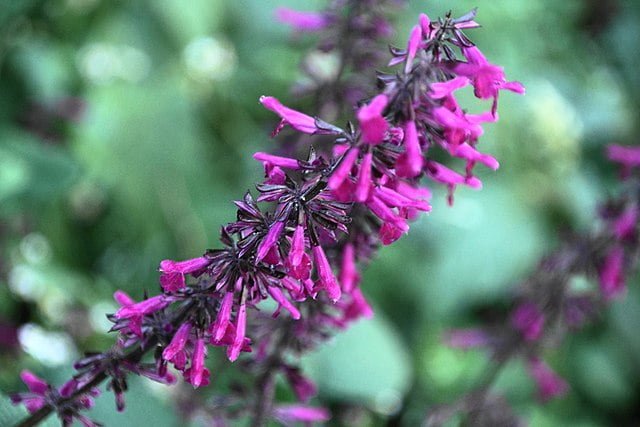Cherry Trees: The Sweet Delight
Cherry trees are a popular choice among home gardeners for their spectacular spring blossoms and delicious fruit. They come in sweet and sour varieties, both of which can offer delightful rewards. Whether you’re hoping to enjoy fresh cherries off the tree or bake a homemade cherry pie, this guide will walk you through the process of growing a cherry tree in your backyard.
Choosing a Cherry Tree
There are two main types of cherry trees: sweet cherries (Prunus avium) and sour cherries (Prunus cerasus).
- Sweet cherries are typically grown for fresh eating. These trees can be quite large and usually require a lot of space. Popular varieties include ‘Bing’, ‘Rainier’, and ‘Stella’.
- Sour cherries, also known as tart or pie cherries, are smaller, more self-pollinating, and easier to manage. Their fruit is excellent for cooking and baking. ‘Montmorency’ is a well-known variety.
Planting Your Cherry Tree
Plant your cherry tree in a location with well-drained soil and full sun. The hole for your tree should be twice as wide as the root ball and just as deep. After placing the tree in the hole, backfill it with soil and compost, firming it gently around the base. Water thoroughly after planting.
Caring for Your Cherry Tree
- Watering: Newly planted cherry trees need regular watering to establish their root system. Once mature, they require consistent watering, especially during dry periods.
- Feeding: Apply a balanced fertilizer in early spring before the new growth starts, but after the tree has been planted for a full year.
- Pruning: Cherry trees require regular pruning to maintain their shape and health. Prune in late winter or early spring when the tree is dormant, removing dead or diseased branches and thinning out overcrowded areas to let in light and air.
Pollination
Many sweet cherry varieties are not self-pollinating and require another variety to bear fruit. However, some, like ‘Stella’, are self-fruitful. Sour cherries are generally self-fruitful. If you need a pollinator, ensure the trees are close enough for bees to cross-pollinate (usually within 50 feet).
Harvesting Cherries
Cherries typically ripen in late spring or summer. They are ready to pick when they reach the desired colour and sweetness. Use a pair of secateurs to snip the cherries off with their stalks.
Pests and Diseases
Cherry trees can be susceptible to pests like aphids, cherry fruit flies, and birds. Netting can help protect the ripening fruit from birds. Diseases can include bacterial canker, powdery mildew, and brown rot. Planting disease-resistant varieties, ensuring good air circulation, and regular inspection can help manage these issues.
Growing a cherry tree can be a rewarding endeavour, providing beautiful blossoms and mouth-watering fruits for years to come. With the right care and attention, you can successfully cultivate a cherry tree in your garden, enjoying the sweet or tart fruits right from your backyard. Happy gardening!

